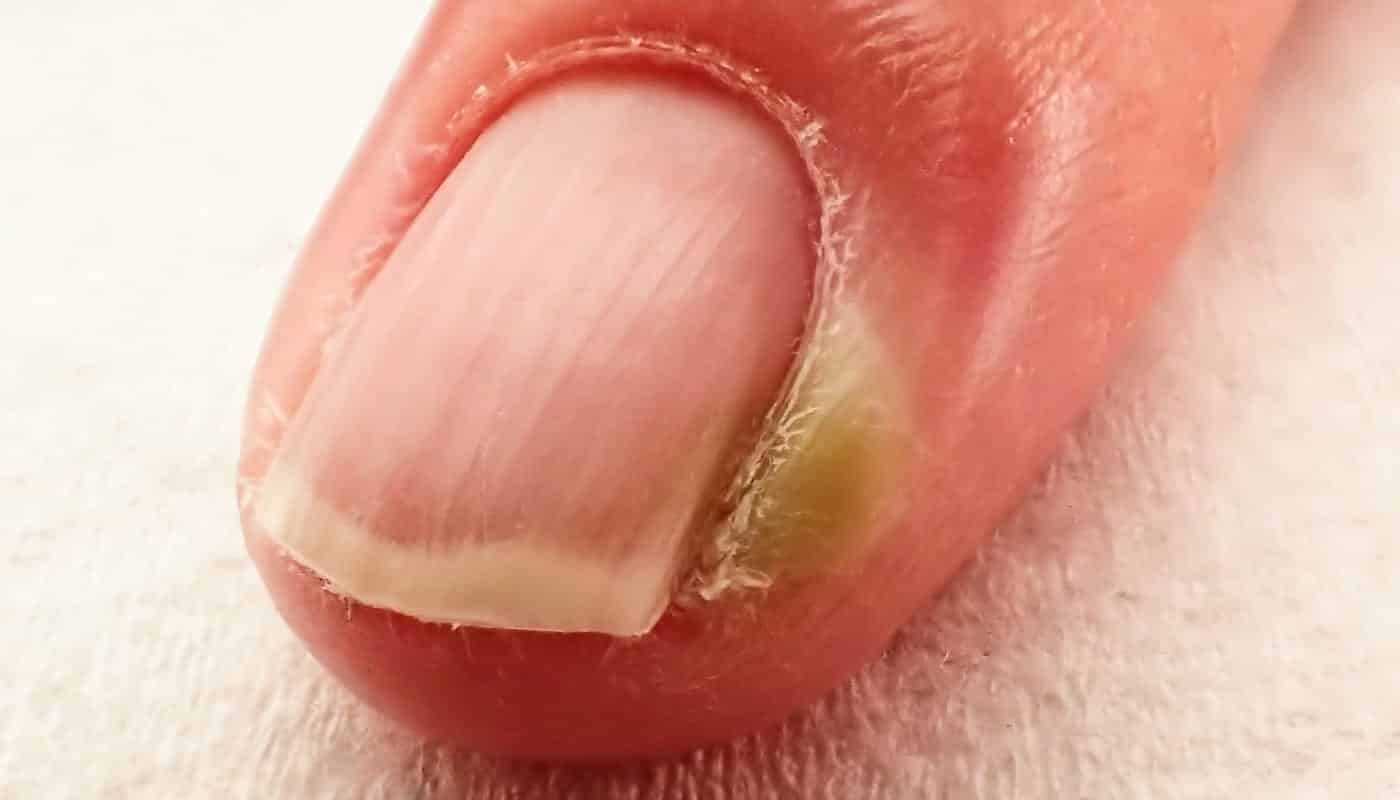Paronychia is an inflammation of the skin that occurs in the region close to the toenails and fingernails. Although it is a common problem, it can be very annoying.
Paronychia is a type of inflammation that occurs in the fingers or toes, in the region around the nails. It is characterized by redness, discomfort, and in some cases even accumulation of pus under the nails.
In fact, it is a very common problem, as it is related to injuries to the cuticle, which can be caused by its removal, in this case, when doing your nails. However, there are other factors that can cause this inflammation.
Additionally, there are two specific types of paronychia, but both are treatable and preventable. To do this, simply take some basic precautions to prevent paronychia from appearing.
As it is a common inflammation, it can happen to anyone. But, if you are not careful, this simple inflammation can develop into more serious infections. Therefore, today we will better understand what causes paronychia, its types and how it is treated.
What is paronychia?
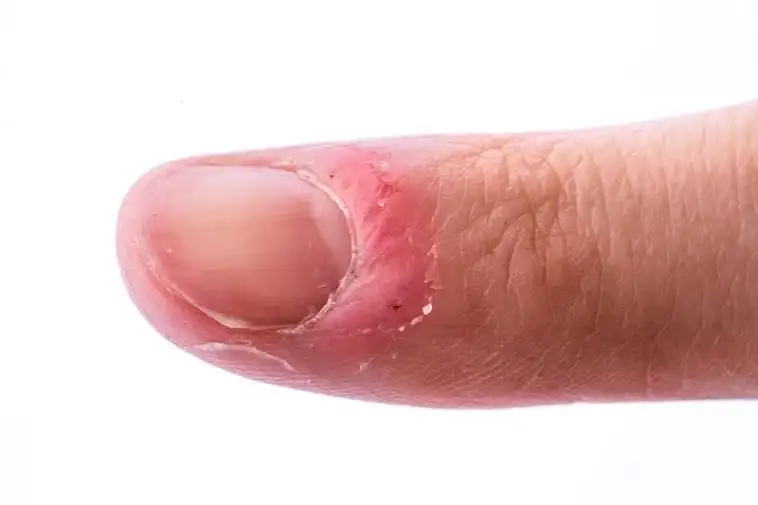
Better known as nail disease, paronychia, as previously mentioned, is an inflammation of the skin around the nails, which can occur on the fingers and toes. Depending on the type and severity, it can result in the accumulation of pus near and below the nail.
Paronychia is caused by injuries and wounds in the membrane that protects the nails, in this case the cuticle. In other words, the act of doing your nails and removing the cuticle with pliers, biting or pulling the nail skin can encourage the emergence of this inflammation. Furthermore, direct contact with chemicals, such as detergent, for example, and water can also cause paronychia.
Therefore, these lesions allow direct contact of irritating and infectious agents in this region, proving inflammation in the body.
Types of paronychia
This skin inflammation can occur in two types: acute and chronic. Let’s get to know each of them below:
Acute paronychia

Acute paronychia is the most common type of this inflammation, and can only appear on one nail, right after a more serious injury in the region. In most cases of acute paronychia, the problem is caused by bacteria, which enter the skin from a more exposed wound.
Therefore, a wound of this type can be caused when doing your nails. Do you know when the manicurist takes a “steak” out of your nail? So, this type of wound can cause paronychia. Furthermore, the habit of biting your nails or carelessly plucking the skin around your nails can also cause this inflammation.
chronic paronychia
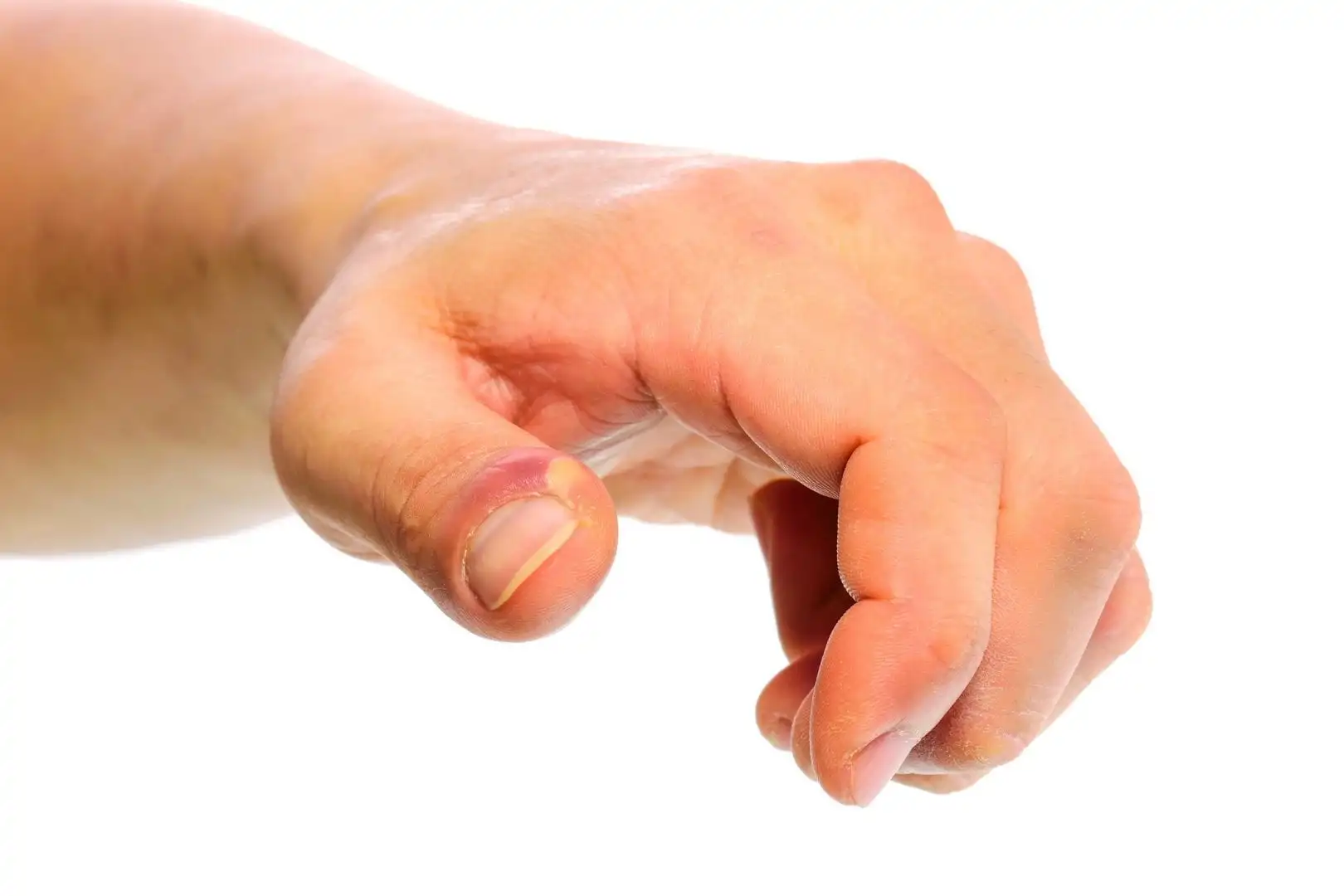
Chronic paronychia is the result of an infection caused by fungi, also known as ringworm. While the first appears suddenly, chronic paronychia develops slowly and can affect several nails at the same time. It is noticed by a considerable increase in sensitivity around the nails, redness and gradual swelling.
This type of inflammation is more common in people who have frequent contact with water and chemicals. And also in diabetics, who are predisposed to this type of inflammation caused by wounds.
Symptoms of paronychia
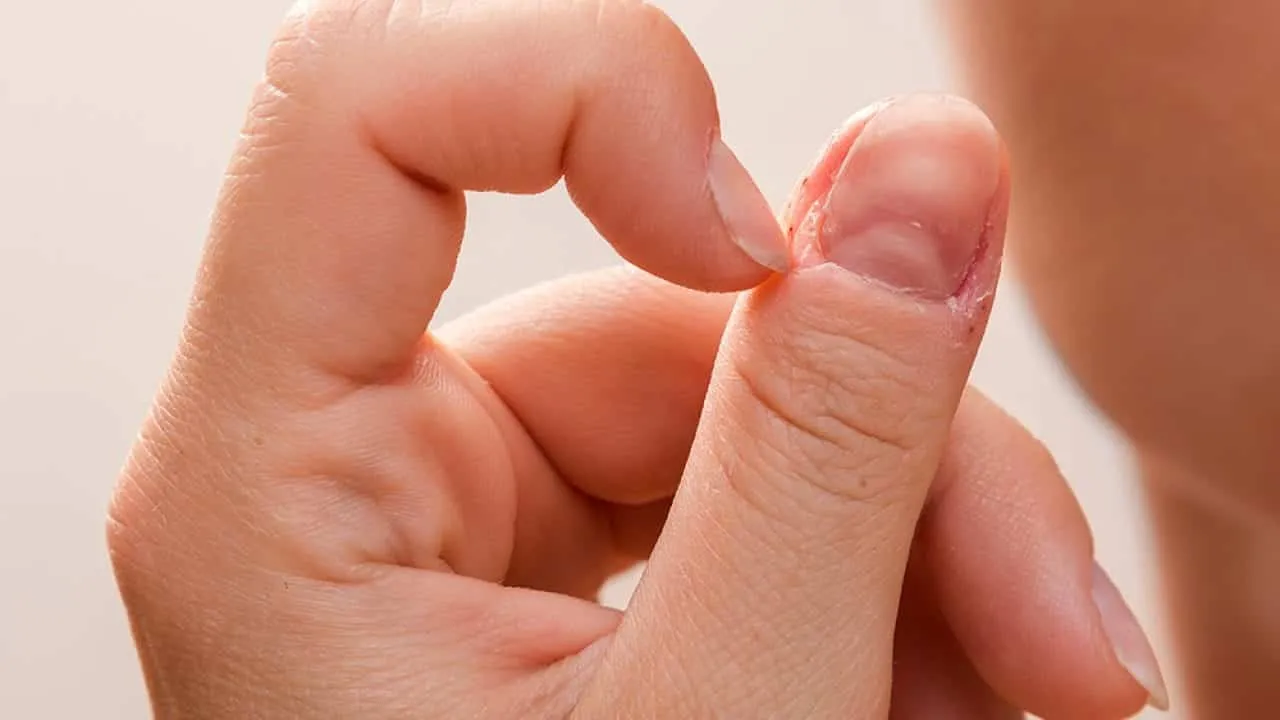
- Pain and discomfort in the region around the nails
- Sensitivity
- Progressive swelling
- Redness
- And in some acute cases, the appearance of pus under the nail and around it
The symptoms are basically the same in both types of paronychia, however, in chronic cases, they may be less aggressive, although still present.
Diagnosis
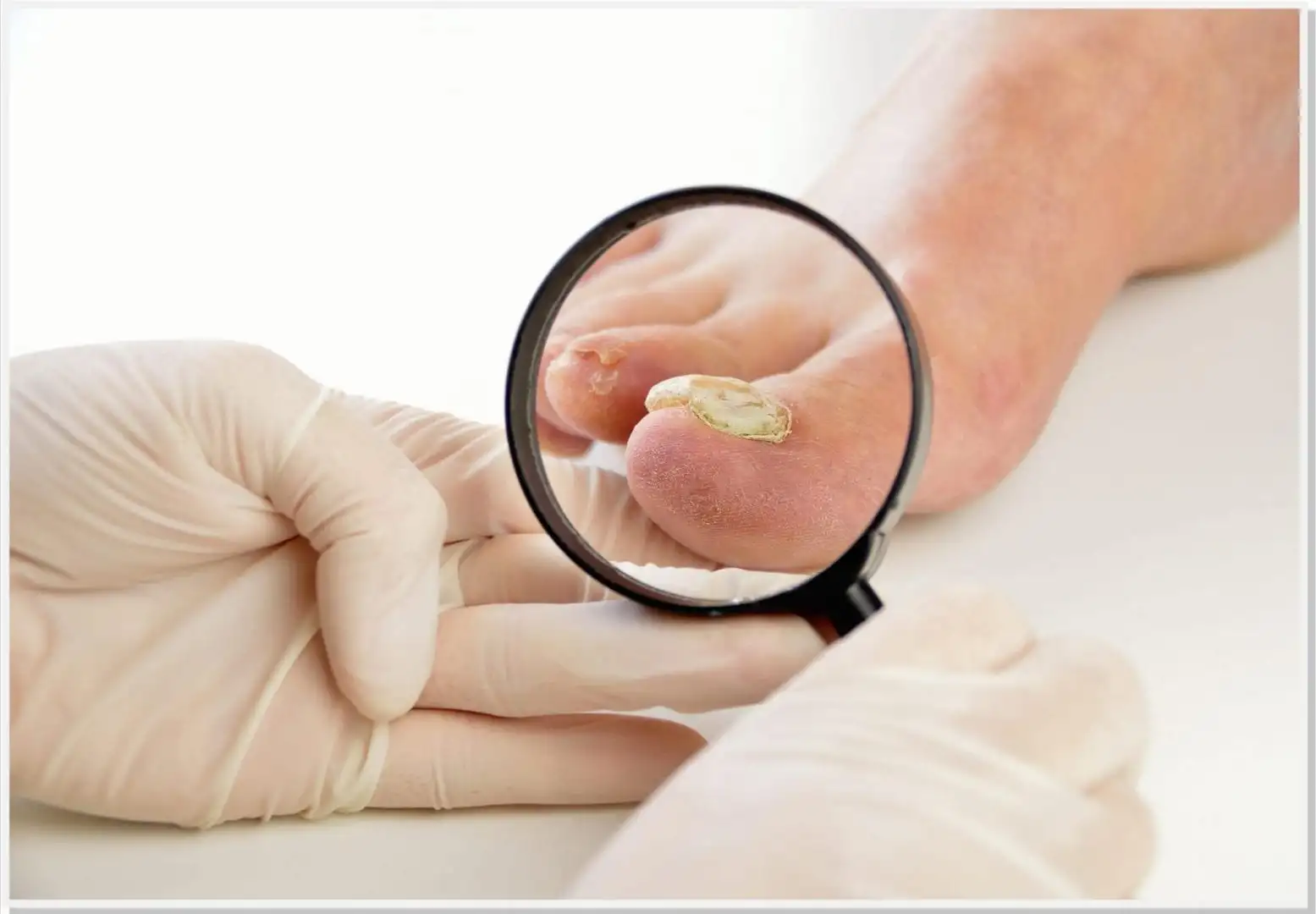
Based on these symptoms, the person can identify a problem, especially in acute cases where the discomfort is more specific. Therefore, the ideal is to seek out a dermatology specialist to evaluate the lesion and provide a more assertive diagnosis.
In some cases of chronic paronychia, it may even be necessary to examine the skin and secretions to identify the type of microorganism that caused the infection. Thus, being able to indicate the most appropriate treatment.
Treatment
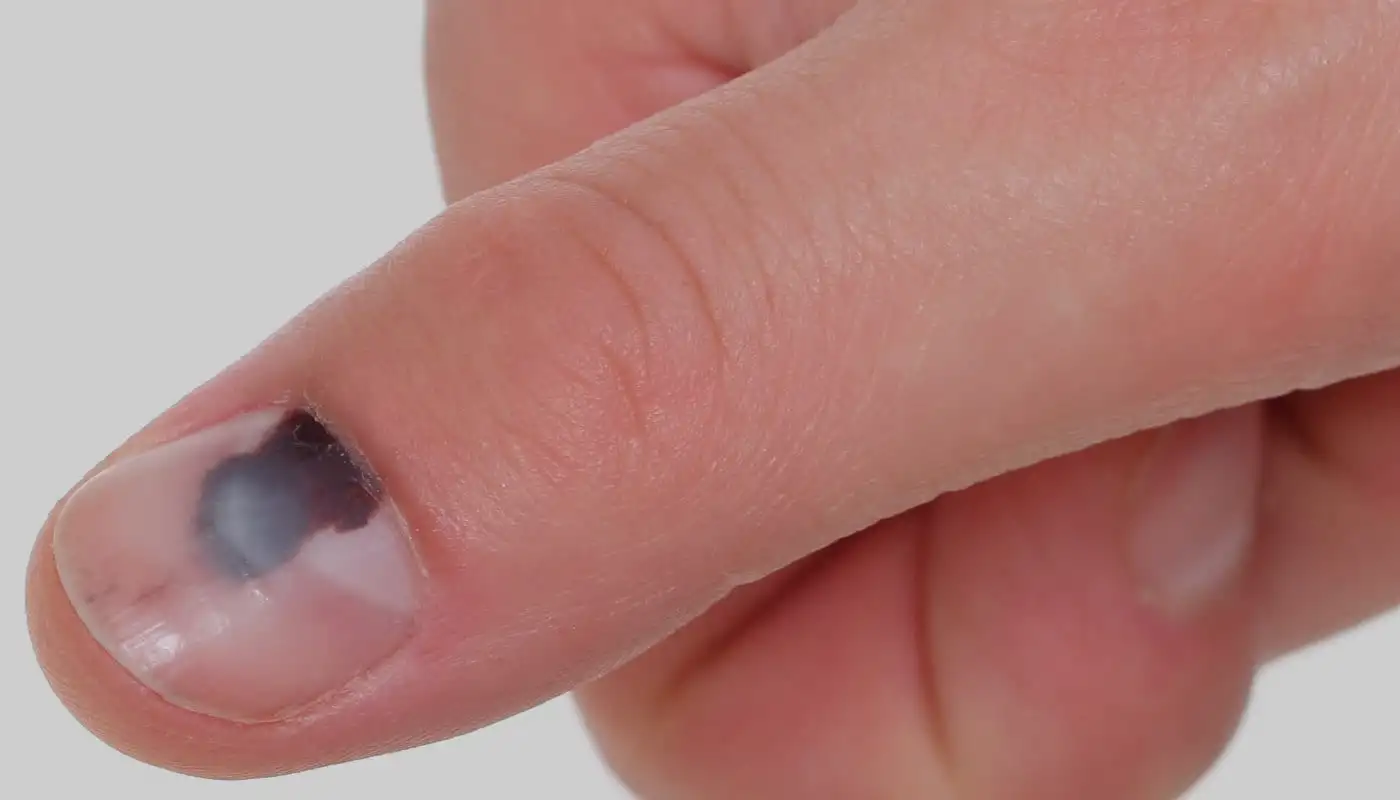
In the case of acute paronychia, treatment may consist of hot compresses, combined with the use of locally applied anti-inflammatories and antibiotics.
To treat chronic infection, it may be necessary to use antifungals and other specific medications for the treatment of mycoses.
In more serious situations, where there is a large accumulation of pus, it may be necessary to drain it to remove it. But this procedure can only be done under specialized medical guidance.
Recovery
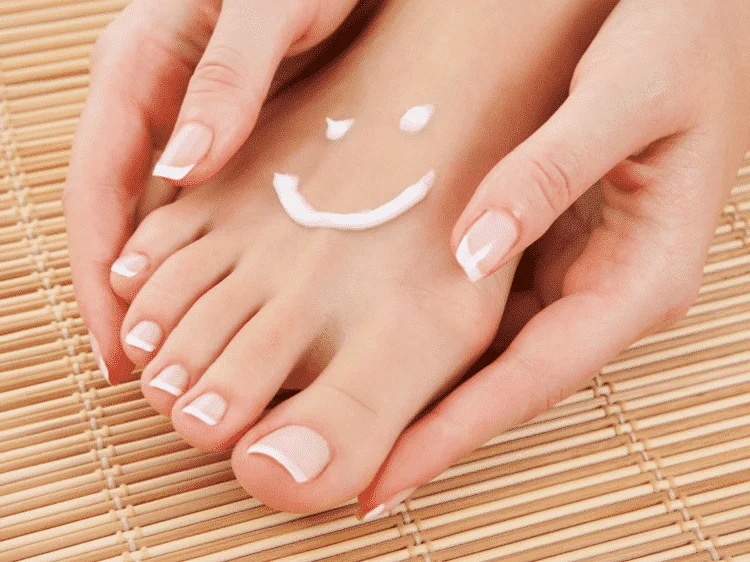
Recovery from inflammation is somewhat rapid, especially in the case of acute paronychia. Although the symptoms are more uncomfortable, the inflammation can be contained within a few days from the start of treatment. Therefore, between 5 and 10 days, it is already possible to notice complete recovery of both the nail and the surrounding skin. And in this case, there are no consequences.
In the case of chronic paronychia, where the infection is caused by a fungus, complete recovery may take longer. Normally, up to 6 weeks after starting treatment, it is possible to contain the inflammation. However, in some cases deformation of the nail may occur due to microorganisms.
In this way, the nail or part of it may come off the skin. In these situations, recovery may take longer, as the nail needs to grow back.
It is important to remember that, even after complete recovery, paronychia may reappear if the necessary care is not taken.
Prevention
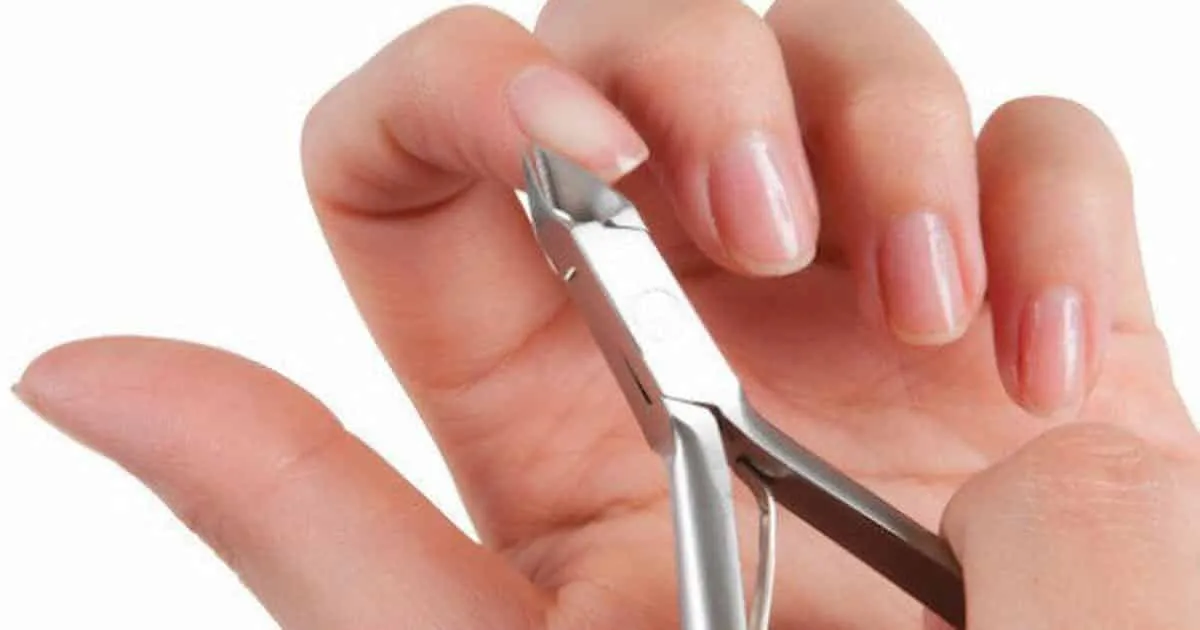
However, it is an infection that can be prevented, to avoid its symptoms. Therefore, some precautions include:
- Preferably do not remove the cuticle, or if you do remove it, do so carefully so as not to injure the region.
- Wear gloves when working with water and chemicals for a long time
- Do not bite your nails and/or rip off the cuticle with your teeth
- Maintain foot and hand hygiene
- Reduce the use of acetone and other nail polish removers that dry out the skin
Finally, as we have seen so far, paronychia is not a very serious problem, however, it can worsen and cause other infections. Therefore, the ideal is to take care of your nails, and if inflammation is identified, treat it correctly.
Anyway, what did you think of this article? Take the opportunity to learn how to do chrome nails at home.
Fontes: Doctor Shoes Manual MSD Manual MSD
Featured Image: Vix
Images: Active Life MSD Manual Health Tips Women’s Health Brasil BNT SP Bank Employees Making the Most of Third Age Huffpost

Sign up for our newsletter and stay up to date with exclusive news
that can transform your routine!
Warning: Undefined array key "title" in /home/storelat/public_html/wp-content/plugins/link-whisper-premium/templates/frontend/related-posts.php on line 12
Warning: Undefined array key "title_tag" in /home/storelat/public_html/wp-content/plugins/link-whisper-premium/templates/frontend/related-posts.php on line 13

